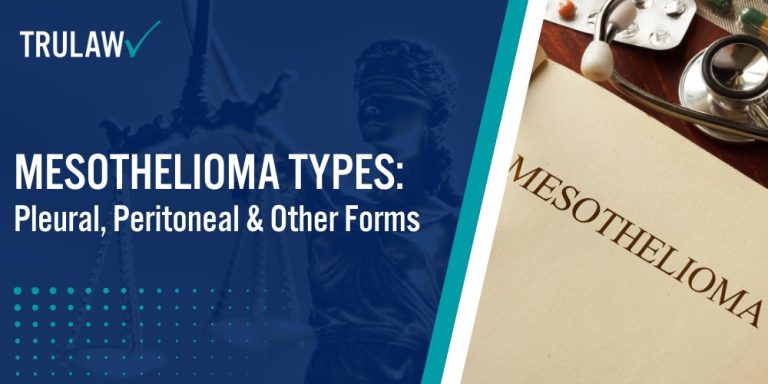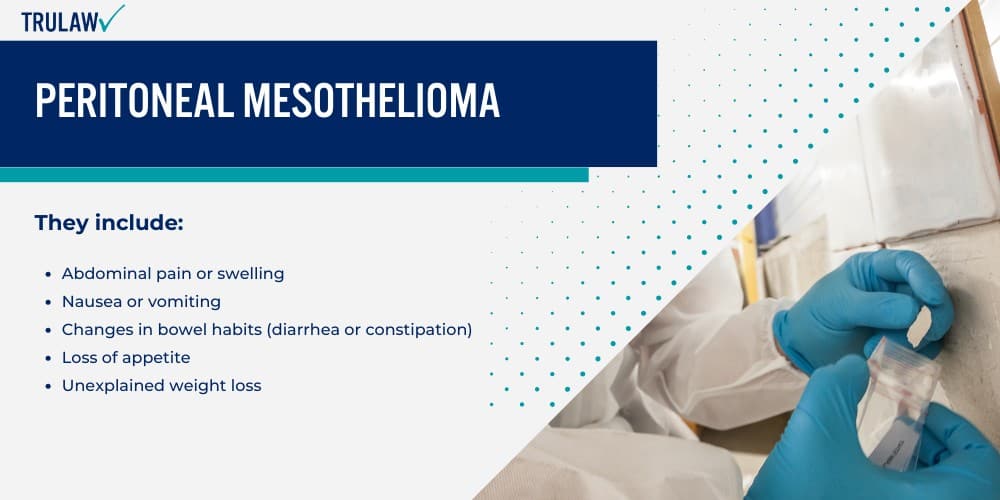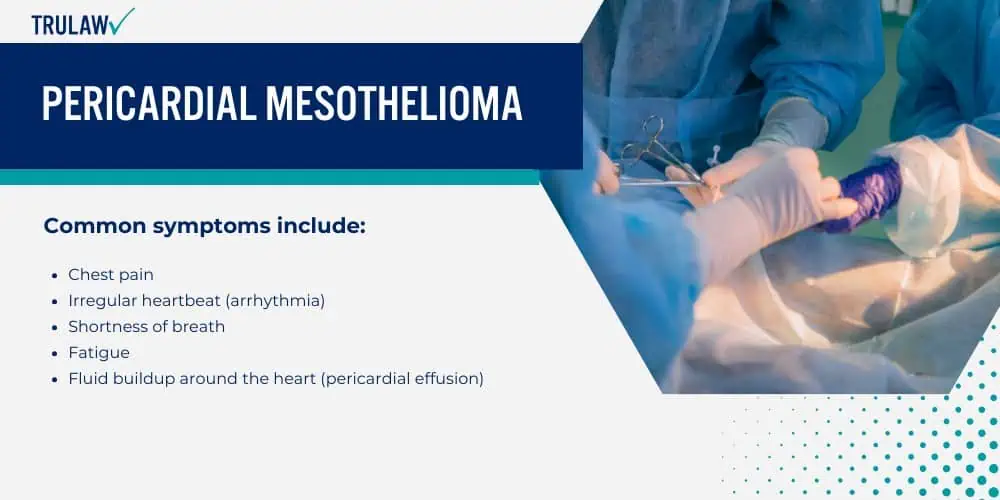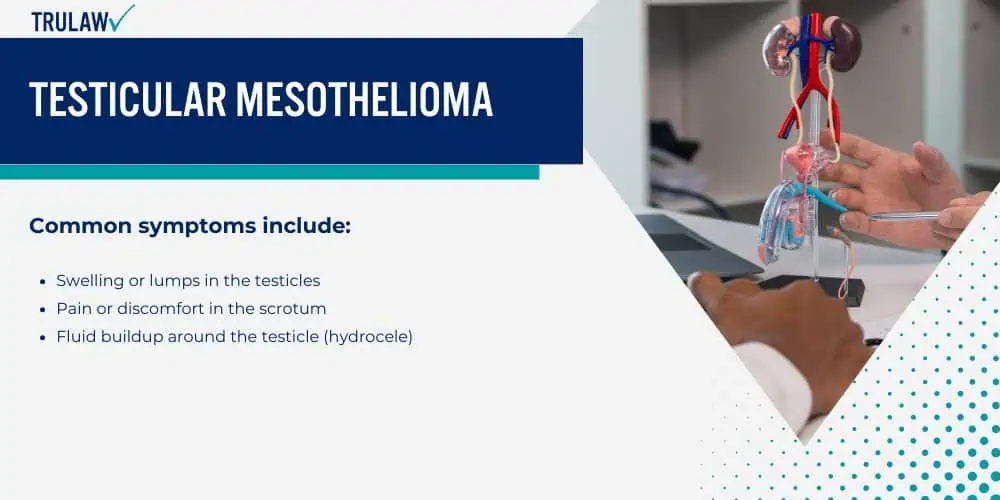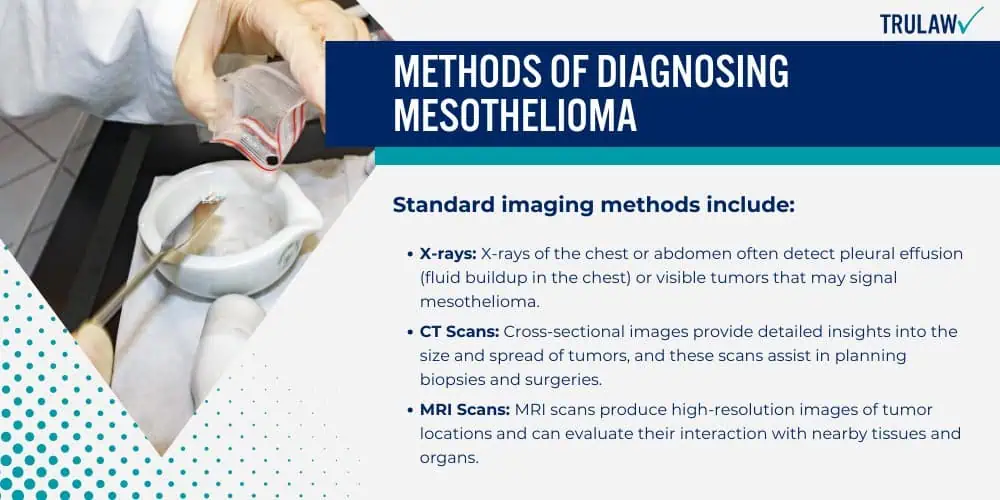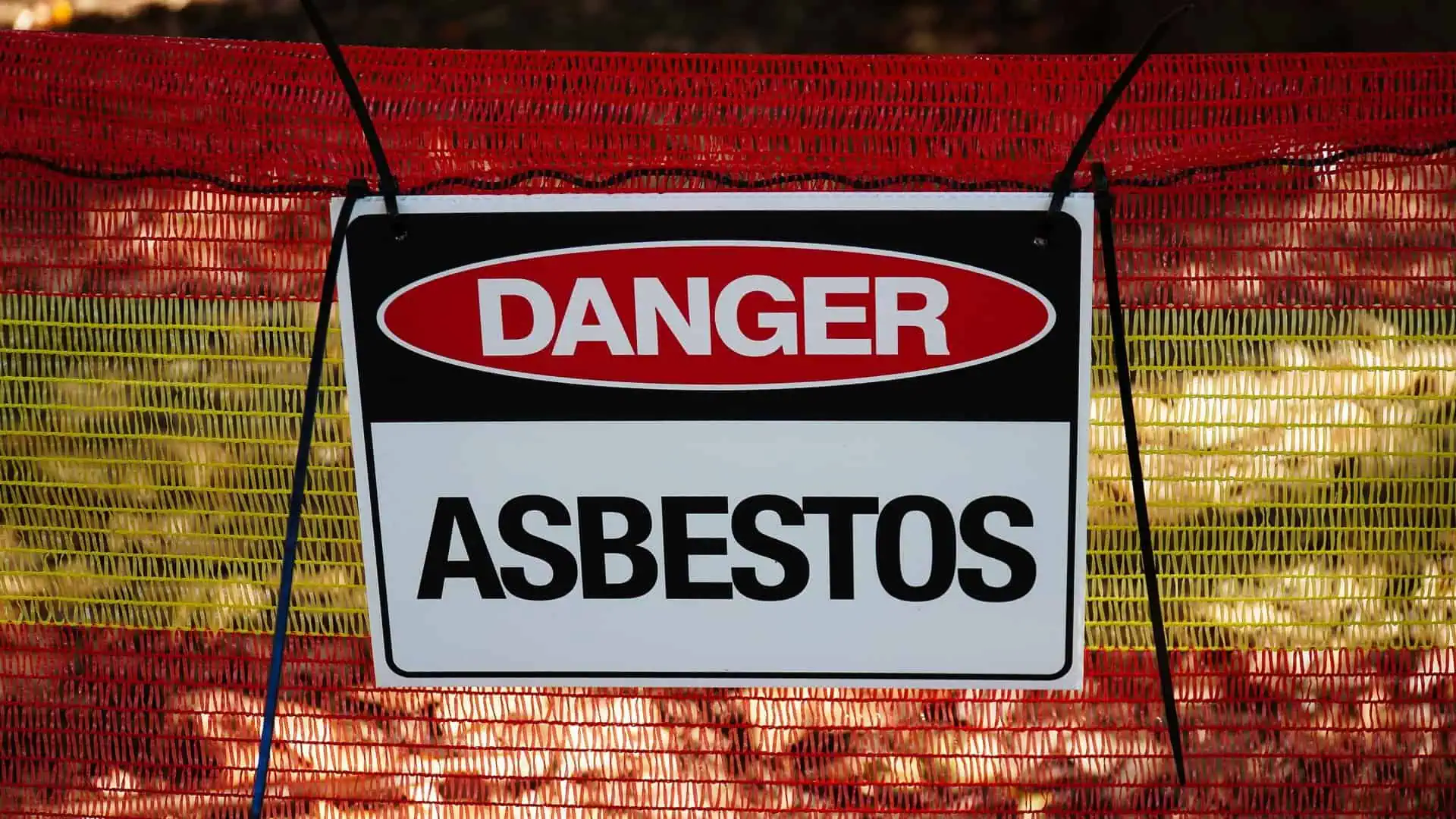Pleural mesothelioma is the most common form, making up approximately 75% of all cases.
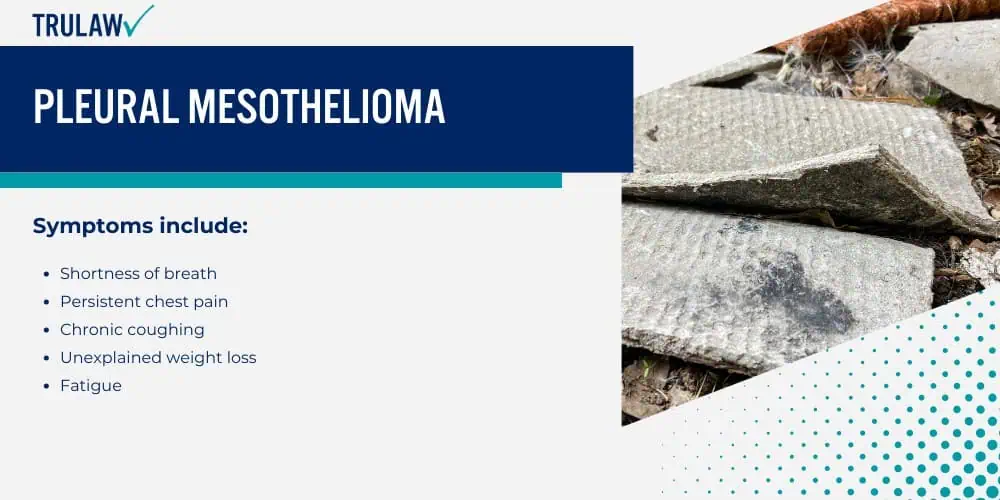
This form of cancer develops in the pleura, a thin membrane surrounding the lungs and lining the chest cavity.
Pleural mesothelioma is strongly associated with asbestos exposure.
Inhaled fibers lodge in the pleural lining, causing damage that may lead to the development of cancerous cells.
Pleural Mesothelioma Symptoms
The symptoms of pleural mesothelioma are often nonspecific, which can delay diagnosis.
This delay can be hazardous considering the aggressive nature of mesothelioma.
Symptoms include:
- Shortness of breath
- Persistent chest pain
- Chronic coughing
- Unexplained weight loss
- Fatigue
Because these symptoms are similar to those of more common respiratory conditions, such as pneumonia or bronchitis, pleural mesothelioma is frequently misdiagnosed.
This underscores the importance of a thorough differential diagnosis to ensure timely and appropriate treatment.
Causes of Pleural Mesothelioma
The primary cause of pleural mesothelioma is asbestos exposure.
When asbestos fibers are inhaled, they can become trapped in the pleura, leading to inflammation, scarring, and the eventual development of cancer.
Workers in industries with high asbestos exposure risk include:
- Construction;
- Shipbuilding;
- Automotive Repair;
- Manufacturing; and
- Various other industries
In addition to occupational exposure, secondary exposure can occur when asbestos fibers are carried home on clothing or equipment, putting family members at risk.
A notable case of secondary exposure is Bobo v. AGCO Corporation, where Mrs. Bobo developed malignant pleural mesothelioma after years of laundering her husband’s asbestos-contaminated work clothes.
Pleural Mesothelioma: Prognosis & Treatment Options
The prognosis for pleural mesothelioma varies and is influenced by the stage of cancer, the patient’s health, and the extent of asbestos exposure.
Standard treatment options include:
- Surgery to remove tumors
- Chemotherapy to target cancerous cells
- Radiation therapy to treat affected areas
In some cases, multimodal therapy—a combination of treatments—may be used to improve outcomes.
Additionally, newer treatments such as immunotherapy and targeted therapy are being researched to improve survival rates and quality of life for patients with pleural mesothelioma.
